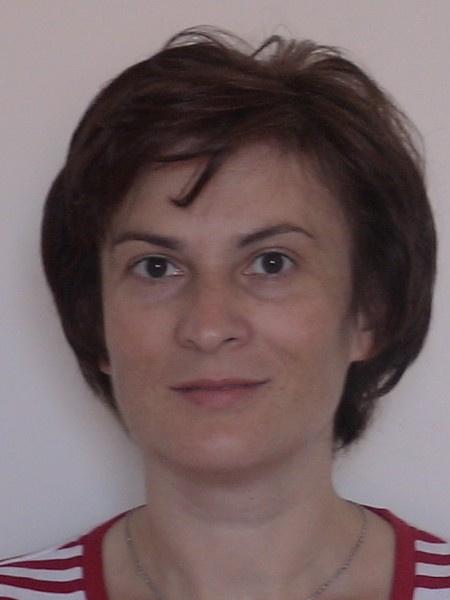abstract
Peptide-based nanostructures are very promising for nanotechnological applications because of their excellent self-assembly properties, biological and chemical flexibility, and unique multifunctional performance. However, one of the limiting factors for the integration of peptide assemblies into functional devices is poor control of their alignment and other geometrical parameters required for device fabrication. In this work, we report a novel method for the controlled deposition of one of the representative self-assembled peptides-diphenylalanine (FF)-using a commercial inkjet printer. The initial FF solution, which has been shown to readily self-assemble into different structures such as nano- and microtubes and microrods, was modified to be used as an efficient ink for the printing of aligned FF-based structures. Furthermore, during the development of the suitable ink, we were able to produce a novel type of FF conformation with high piezoelectric response and excellent stability. By using this method, ribbonlike microcrystals based on FF could be formed and precisely patterned on different surfaces. Possible mechanisms of structure formation and piezoelectric effect in printed microribbons are discussed along with the possible applications.
keywords
PEPTIDE NANOTUBES; STRUCTURAL TRANSITION; FABRICATION; MICROTUBES; ARRAYS
subject category
Science & Technology - Other Topics; Materials Science
authors
Safaryan, S; Slabov, V; Kopyl, S; Romanyuk, K; Bdikin, I; Vasilev, S; Zelenovskiy, P; Shur, VY; Uslamin, EA; Pidko, EA; Vinogradov, AV; Kholkin, AL
our authors
Groups
G2 - Photonic, Electronic and Magnetic Materials
G3 - Electrochemical Materials, Interfaces and Coatings
acknowledgements
This work was supported by the joint project Portugal-Turkey (TUBITAK/0006/2014). I.B. and KR. wish to thank the Portuguese Foundation for Science and Technology (FCT) for the financial support (grants IF/00582/2015 and FRH/BPD/ 88362/2012, respectively). E.A.P. thanks the Ministry of Education and Science of the Russian Federation (Project 11.1706.2017/4.6) for the financial support. A.V.V. and S.M.S. thank the Russian Science Foundation (project 360964), and V.S.S. thanks the Ministry of Education and Science of the Russian Federation (project 417004). We would also like to thank Erasmus plus program for the mobility grants of the coauthors of this paper. The equipment of the Ural Center for Shared Use "Modern nanotechnology" of Ural Federal University was used. The authors are grateful to Dr. Dmitry Chezganov for the help with SEM imaging.





